SUN., MAY 21 thru THUR., MAY 25, 2023
Our pod of four, the Hannafords and us, traveled 108 miles on I-29 North on Sunday, May 21st (2023) crossing into South Dakota and then traveling west before arriving at Cottonwood Campground near the town of Yankton, which is on the border of Nebraska and South Dakota.
It was an interesting drive. We passed the Sergeant Floyd Monument in Sioux City, IA (photo below). Sergeant Floyd was the only member to die in the 28-month Lewis & Clark Expedition. The 100 ft. Obelisk is the largest monument on the L&C Trail and the first National Historic Landmark registered by the National Park Service. We also passed lots of silos and corn fields in South Dakota.
We’re staying at a spectacular Corp of Engineer park in the Lewis & Clark Rec Area. Cost? $10 per night. We have beautiful Lake Yankton to view with plenty of snow geese and Canadian geese floating on its surface or feeding on the shore. Feeling blessed to be here, and we get to enjoy it for several days before leaving on Friday. There are fish in this lake. Our neighbor caught two big sturgeon. Unfortunately, none of us fish!
On Mon., May 22nd (2023), we had some routine maintenance done on our truck and “maintenance” done on Gary as well… a visit to a doc for his groin pull. He was prescribed meds to bring the inflammation down and PT for a home exercise program.
Tues., May 23rd (2023), the pod headed to the Lewis & Clark Visitors Center at the Gavins Point Dam on the Missouri River. We learned more about the L&C Expedition thru films and displays, and we learned that the Missouri River is the longest river in North America at 2,341 miles. The Gavins Point Dam is 1.6 miles long and 72 ft. high with 14 gates. If all 14 gates were wide open, the total discharge into Lewis & Clark Lake would be 4.5 million gallons per second. Enough water to flood a football field to a depth of 14 ft. in 1 second. Unfortunately construction was going on when we visited so we weren’t able to drive over the dam.
To think that in the year 1804 L&C were able to travel on the Missouri River and thru the mountains for 28 months to find passage to the Pacific Ocean, preserve 240 different plant species, preserve hundreds of animal and bird skins, make contact with numerous Indian tribes, and map their route so that others could follow in their footsteps is utterly astonishing. All that with only 1 American loss of life and 2 Indians who unfortunately lost their lives as well. Remarkable.
In the evening we enjoyed a campfire.
Wednesday, May 24 (2023), the pod visited a National Fish Hatchery where more than 5 million fish are produced annually and released in multiple states. Wow. There are 65 National Fish Hatcheries. This being one! They had a large egg hatching system where “jar batteries” were able to handle thousands of eggs at once. A constant flow of water allows tens of thousands of eggs to be safely kept in one jar. The eggs are kept moving, well oxygenated, and free of fungus. (Photos below.) The hatchery had 30+ rearing ponds over an 80-acre area.
We also visited the nearby aquarium, built in 1960. It showcases fish and turtles from the area. They had a “white” snapping turtle. She’s been at the aquarium 20+ years. The aquarium also had:
- Various sun fish
- A common male snapping turtle. The males can live 50+ years.
- Pallid Sturgeon. One of the most ancient freshwater fish species (dates back 75 million years). It can grow to 60+ pounds, live 50+ years, and travel hundreds of miles up and down the Missouri River.
- “Blue” Rainbow Trout. They have a genetic mutation that results in a lack of dark pigment in the skin. The hatchery spots a handful every year out of hundreds of thousands of trout hatched here.
Afterwards, we headed into historic downtown Yankton. For a town of just over 15,000 it was impressive. They have many historic buildings still in use, a Riverwalk, and the longest pedestrian bridge spanning 2 states. Charming town. There were nice murals, lots of bars and eateries, and several event venues including one that was once a brewery. The staff even let us wander up to the roof to check out the view while they were setting up for a wedding reception of 225 people. Whoa. That’s a lot of people.
The Riverwalk had lovely sculptures and Meridian Bridge, a double-decker pedestrian bridge. Originally built in 1924, it was the first permanent bridge crossing the Missouri River. Since then Discovery Bridge has replaced the Meridian Bridge for vehicle traffic. We walked across the Meridian Bridge. It spans 3,029 feet and is the longest bridge connecting two states… Nebraska and South Dakota.
Friday we move further into South Dakota.




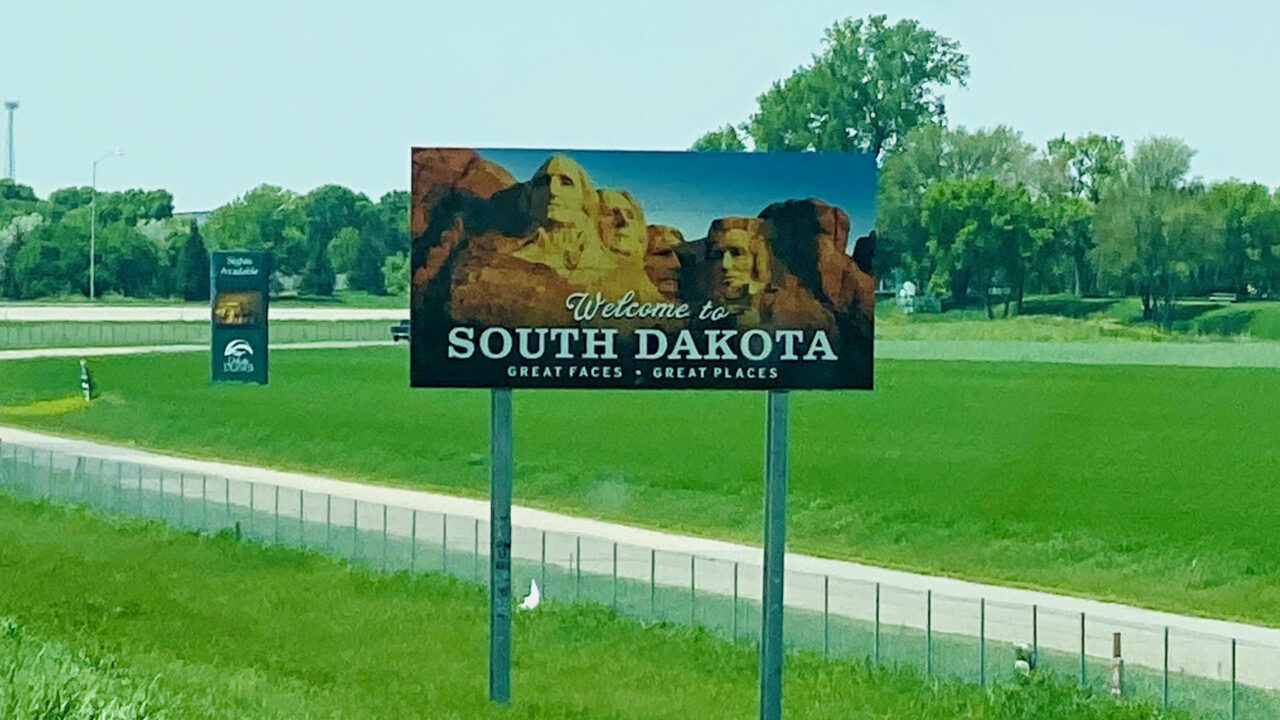










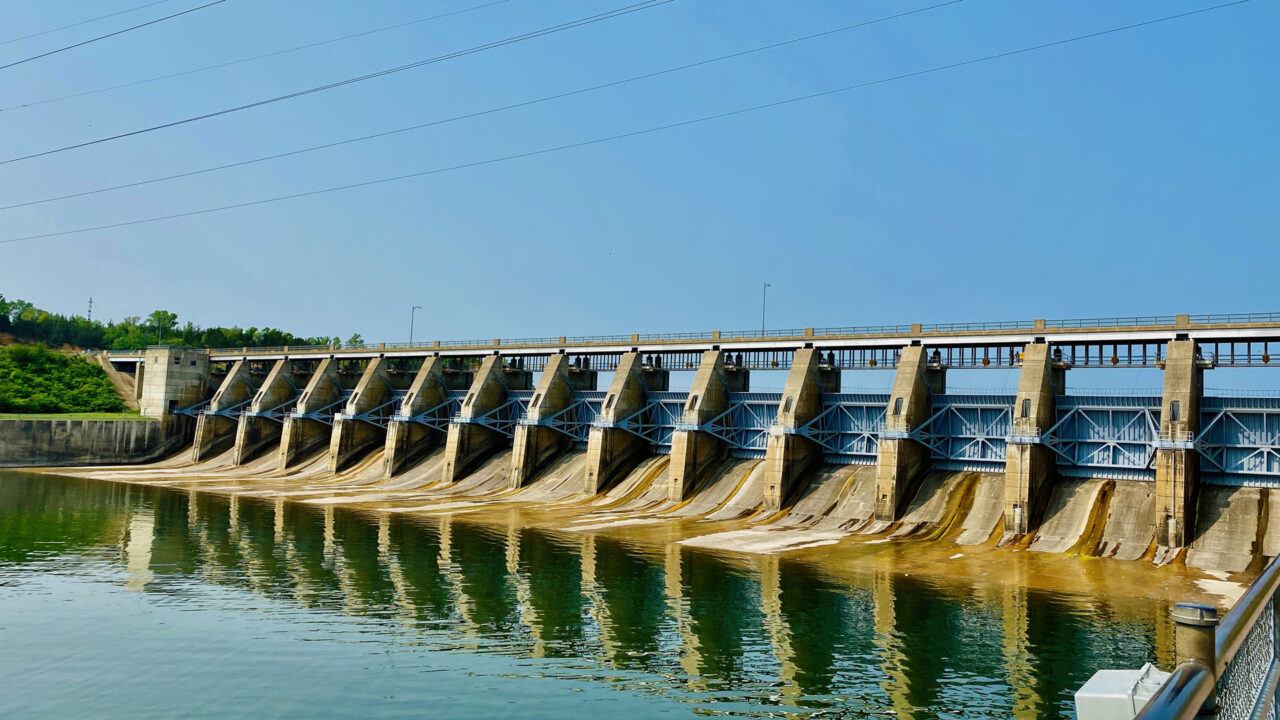




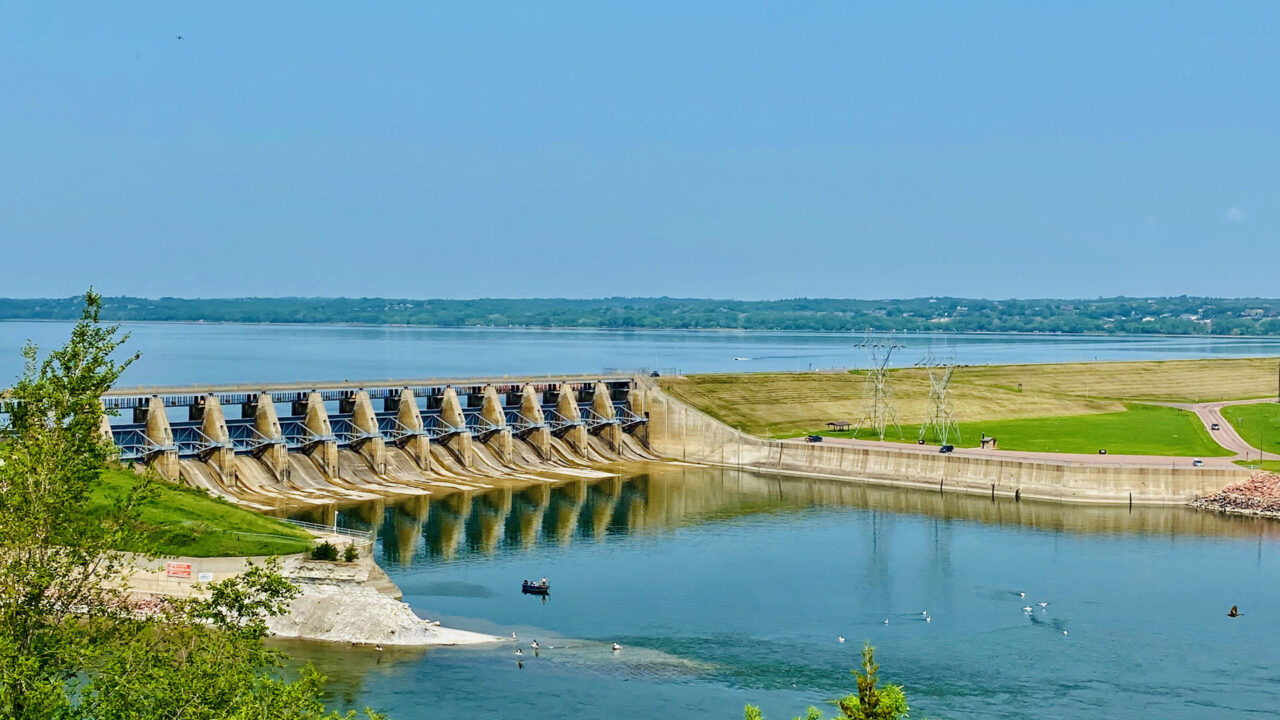
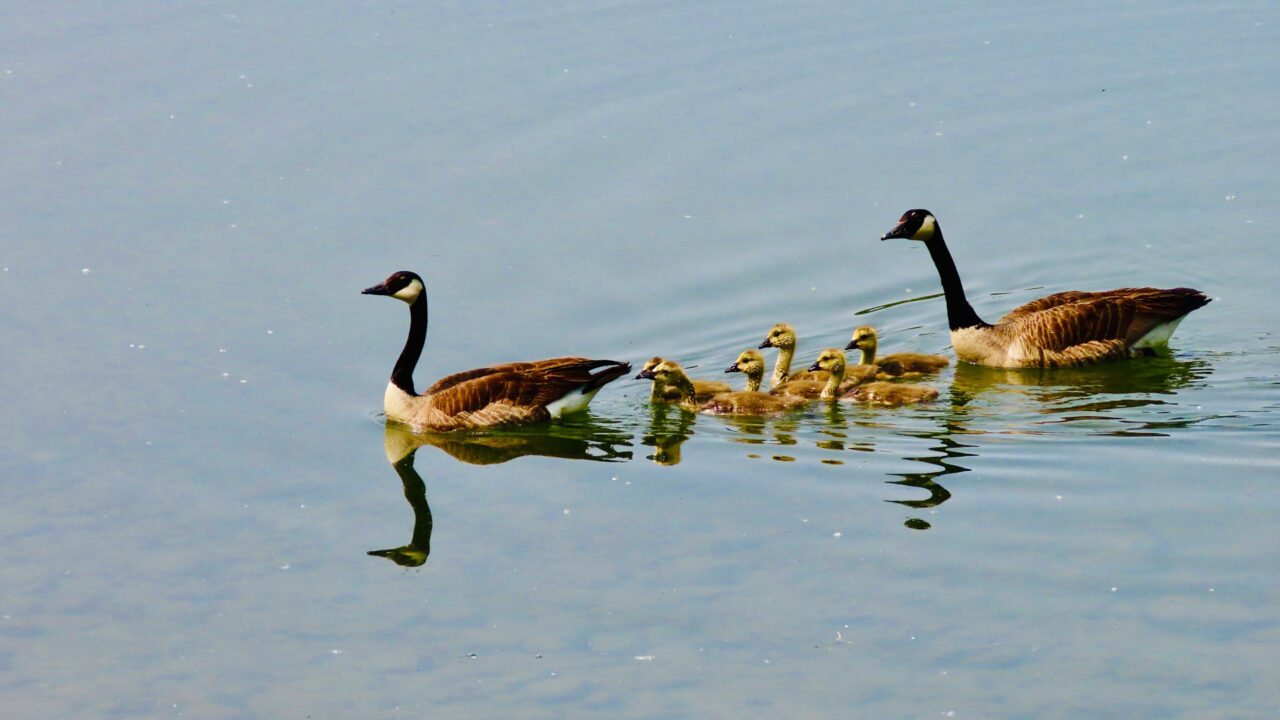
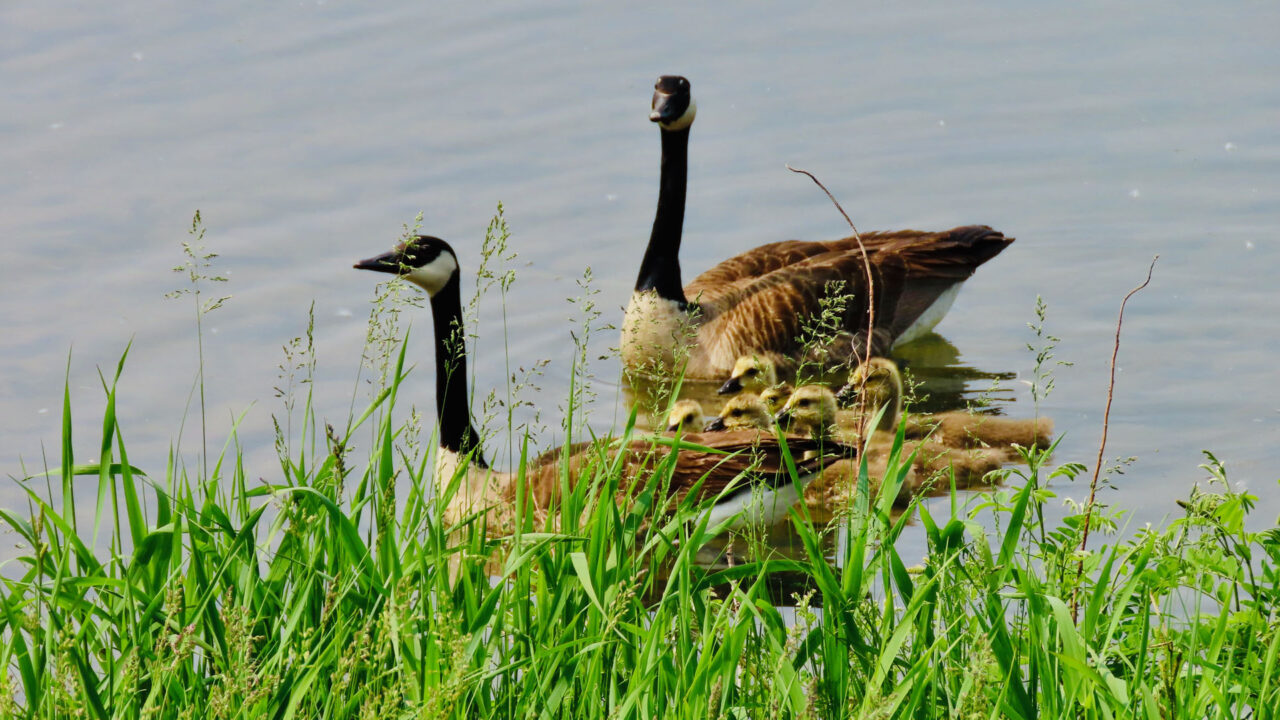












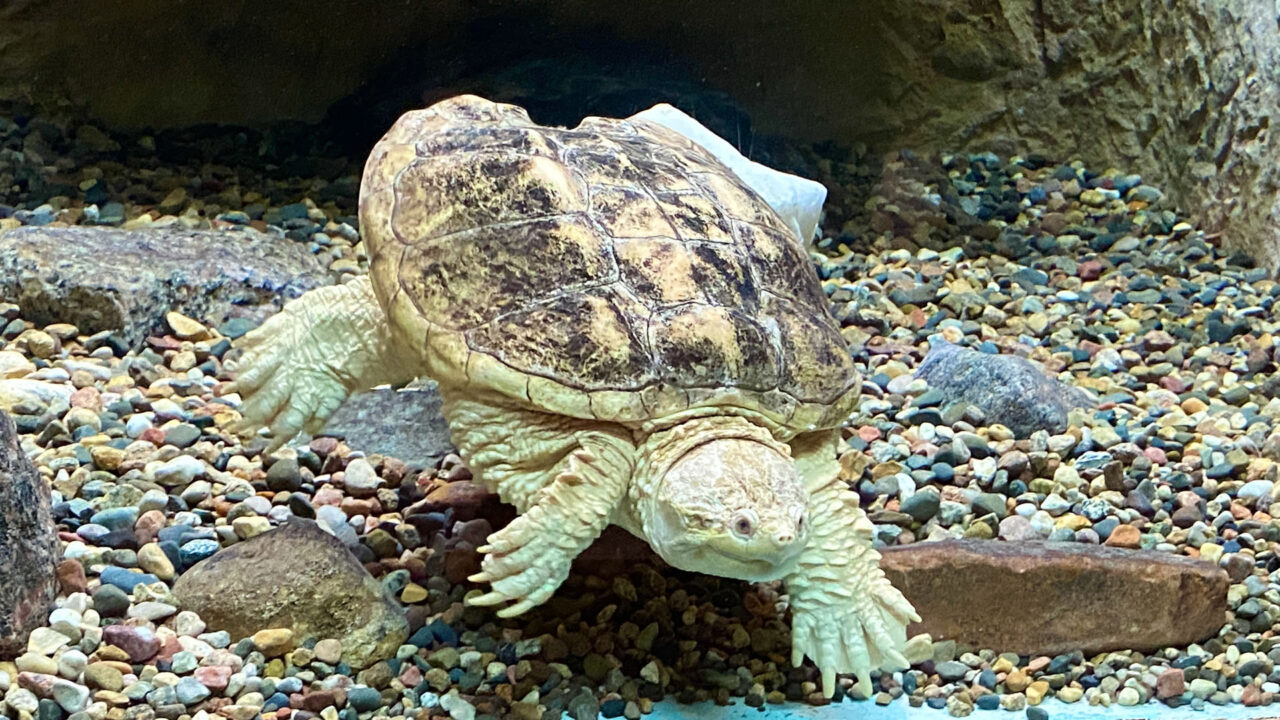

































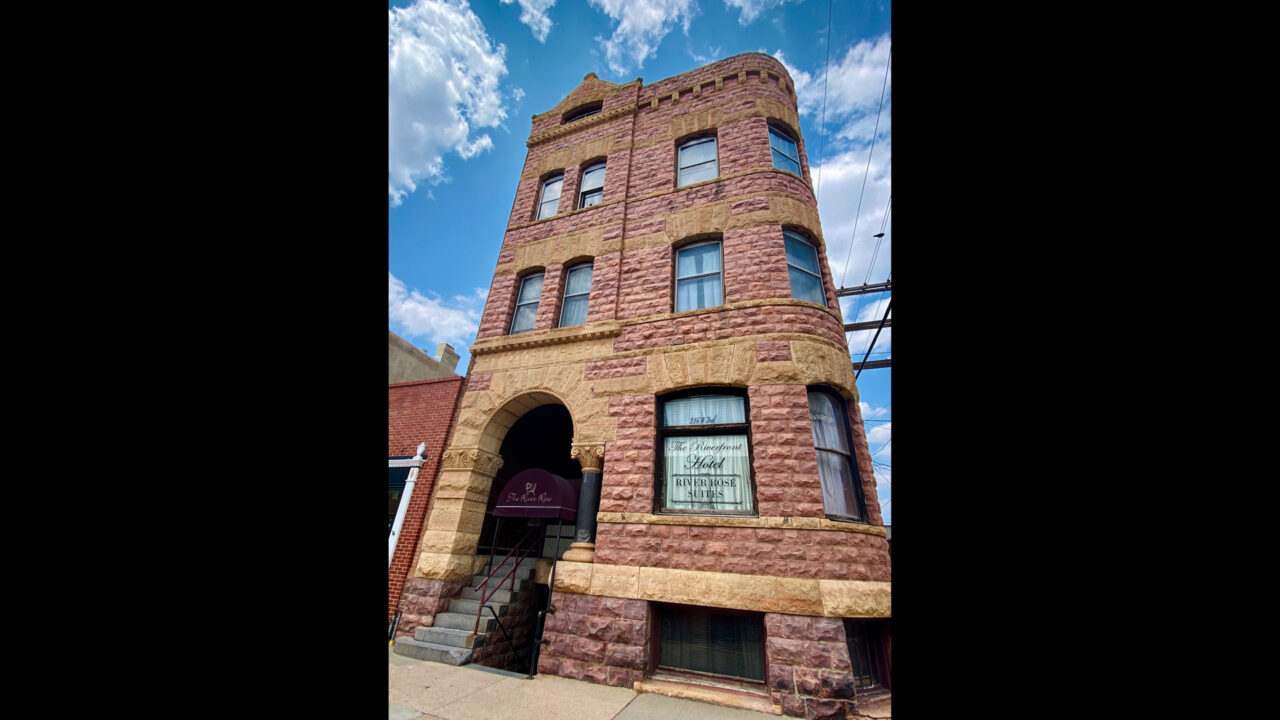





I love to see where you all have been. Beautiful country and adorable animals. Thanks Teresa for keeping me in the loop. I look forward to your blogs. Love you guys,
Awww, thanks for reading, Andrea! Sorry I’m so far behind! We love you cuz.
I enjoyed reading about your trip thru the pretty countryside and seeing all the fantastic pictures. I didn’t realize a turtle could live that long. Thank you so much for sending the blogs to me. Love you.
You’re so sweet, Aunt Elizabeth! Thank you for leaving a comment! We did enjoy the town and the aquarium and fish hatchery! Love you oodles.